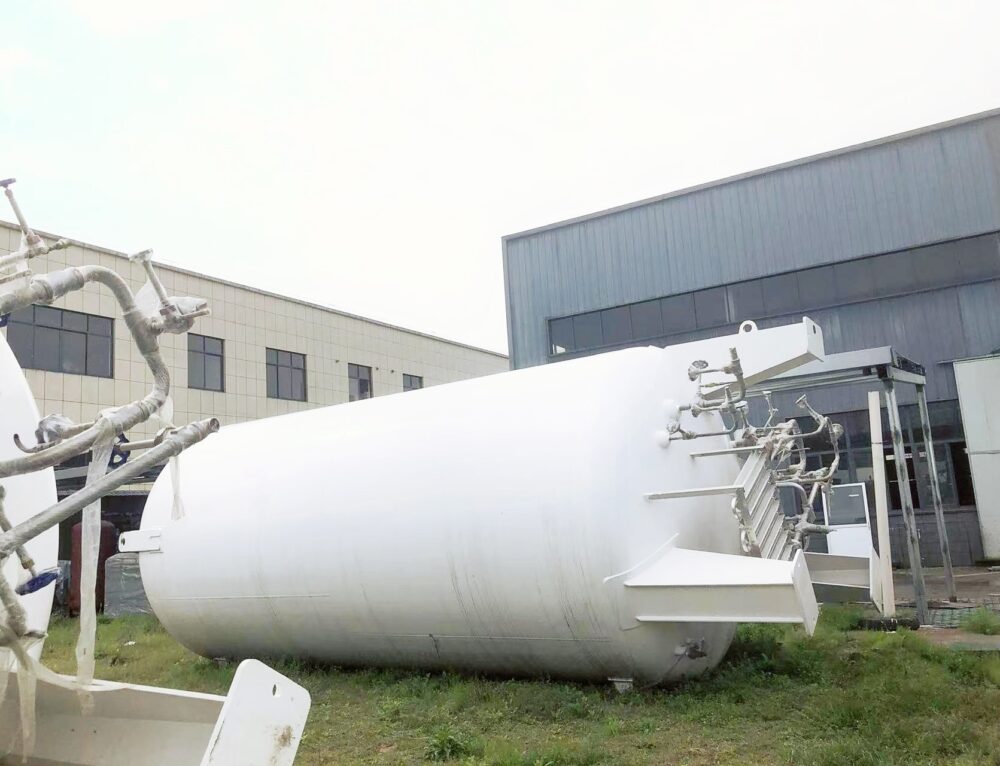CNG or Compressed Natural Gas is a form of natural gas that is compressed to less than 1% of the volume it occupies at standard atmospheric pressure. It is stored and distributed in high-pressure tanks or cylinders at pressures of 20-25 MPa (2900-3600 psi). Some key points about CNG:
- CNG mainly consists of methane, with some other components like ethane, propane, butane and inert gases like nitrogen and carbon dioxide.
- CNG has a higher octane rating than petrol due to the high methane content. This allows it to be compressed to a higher level, resulting in better fuel efficiency.
- CNG burns more cleanly than petrol or diesel, producing fewer emissions like carbon monoxide, hydrocarbons, nitrogen oxides and particulate matter.
- CNG is considered safer than petrol or diesel due to its lighter-than-air nature and narrower flammability range.
- CNG is used as fuel for vehicles, especially in buses, taxis and trucks. It can also be used for heating buildings and generating electricity.
- Natural gas needs to be treated before use as CNG to remove impurities like water, carbon dioxide, hydrogen sulfide and nitrogen. This is done using processes like absorption drying, molecular sieve drying and amine treating.
- CNG has a higher energy content by mass than LPG (liquefied petroleum gas) but a lower energy content by volume due to its gaseous state.
- CNG vehicles currently enjoy lower taxes in many countries due to the environmental benefits of CNG.
CNG or compressed natural gas is transported in specially designed storage tanks and vessels. The key requirements for CNG transport tanks are:
- Ability to withstand high pressures: CNG is stored at high pressures up to 250 bar to keep it in gaseous form. So tanks need to be strong enough to safely store gas at these pressures.
- Low weight: Since CNG has lower energy density by volume compared to liquids, tank weight is an important factor to optimize. Lightweight composite materials are often used.
- High gas containment efficiency: Tanks need minimal “heel” gas left after discharge to maximize gas transport capacity.
- Safety features: Tanks are designed with features like pressure relief valves, rupture discs and double walls for safety. Material selection also focuses on non-sparking properties.
- Ease of filling and discharge: Tanks are equipped with connections and valves to efficiently fill and discharge gas while retaining pressure.
Common types of CNG transport tanks include:
- Cylindrical vessels: The most common type, made of high strength steel or composite materials. Used for short to medium distance transport.
- Spherical vessels: Offer higher storage efficiency but are more expensive. Used for long distance transport.
- Tube trailers: Consist of multiple cylindrical vessels linked together. Used for transporting large volumes of CNG.
- CNG ships and barges: For transporting very large volumes of CNG over long distances. Use special double hull designs.
The technology company EnerSea (mentioned in the search results) has developed patented CNG transport systems for marine vessels that aim to optimize storage pressure, volume and weight ratios.
Hope this overview helps! Let me know if you have any other questions.






